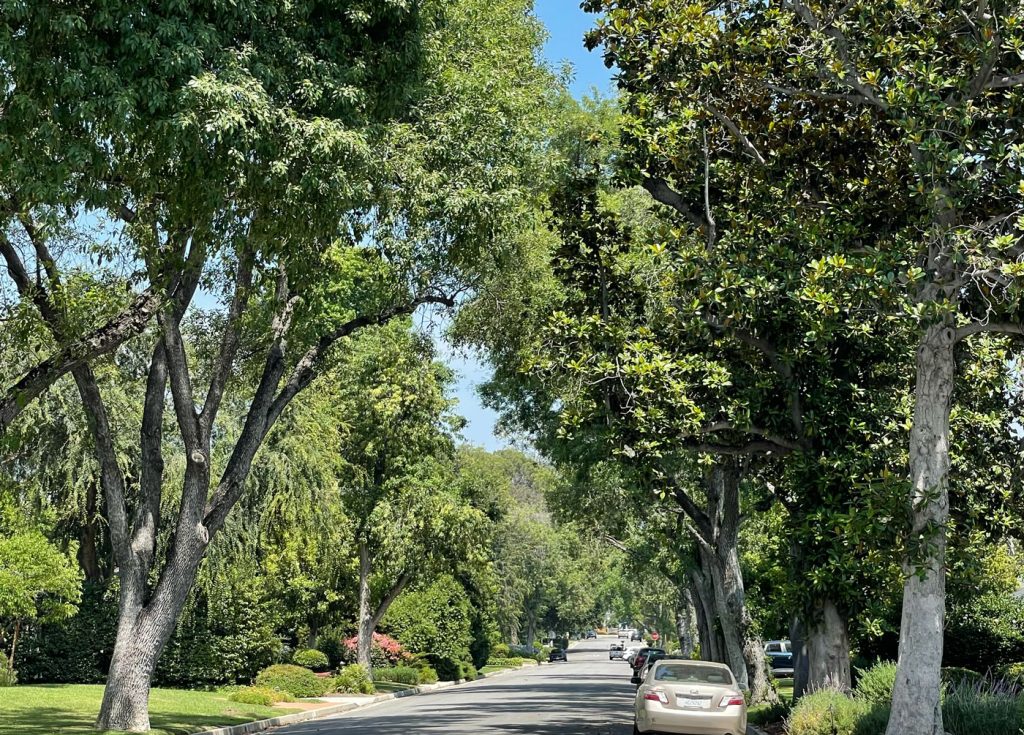
Protecting Native Oaks
Many of Chapman Woods oaks are hundreds of years old. Here are some tips to help you treat these wonderful trees with the care and respect they deserve.
The Law
Permits are generally required for pruning of oaks in California. Oak tree ordinances apply to trees 8″ or greater in diameter at chest height. Call (213) 974-6411
Irrigation & Mulching
Oaks have a deep and extensive root system, so they are well adapted to our dry conditions. Excessive summer watering can smother the root system. In very dry times, you may deep water by slow, all-day soaking once or twice, but never in July or August. Oaks like rocks or chipped bark. Use only drought-tolerant plants and place them at least six feet from the tree base.
Pruning
Prune in July and August for evergreen oaks (most of the trees in the neighborhood) and in winter for deciduous oaks. Hire only certified arborists. Visit www.californiaoaks.org for a list and other useful information.
Fertilization
Not necessary, but if foliage is mottled or not deep green, a very light nitrogen fertilizer may help
Problems
Systems of serious problems include thin canopy, foliage drop, yellow or small foliage, dying branches, trunk decay or cavities, mushrooms on trunk or root collar.
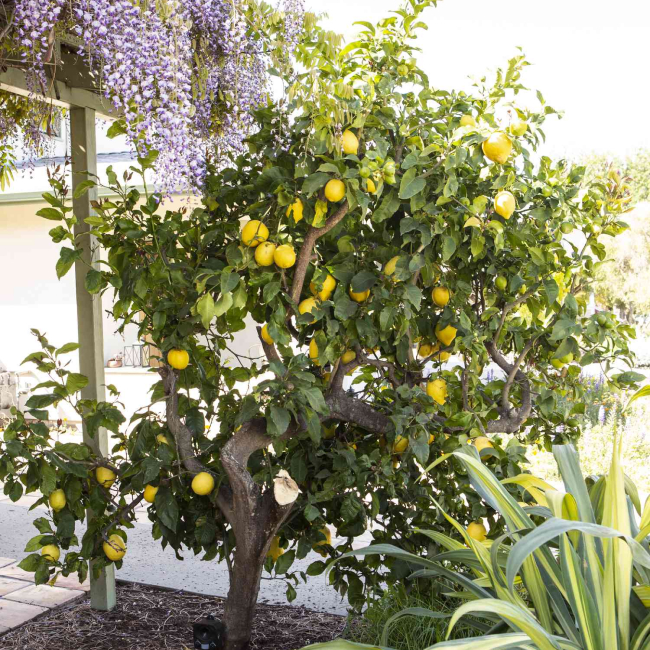
Citrus trees
Lemon, grapefruit, orange, lime, tangerine
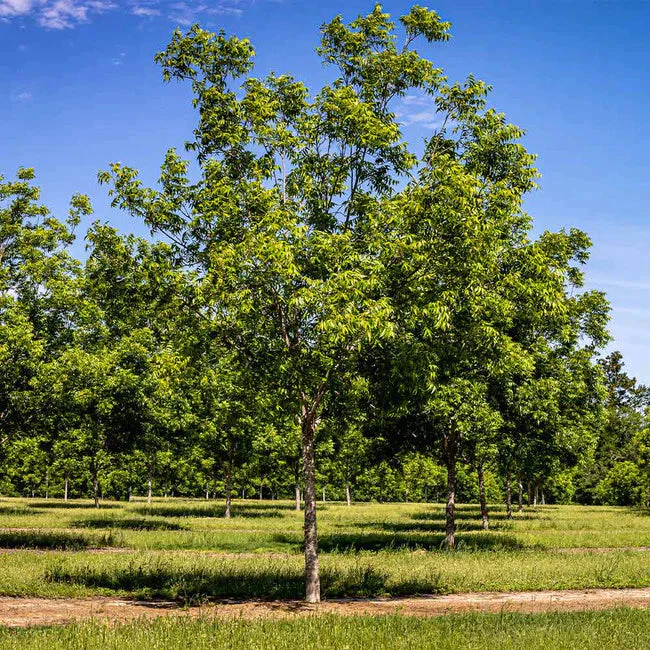
Nut trees
Walnut, pecan, chestnut
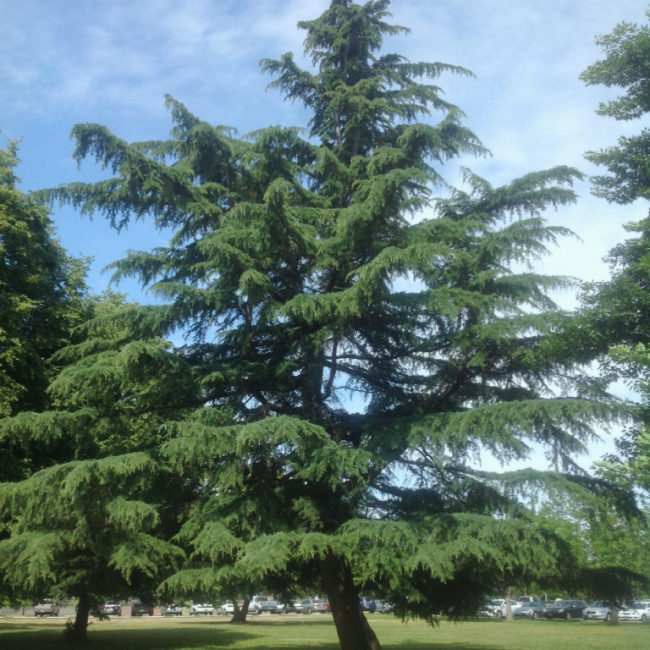
Evergreens
Cedars, pines, deodars, podocarpus, Italian stone pine, firs
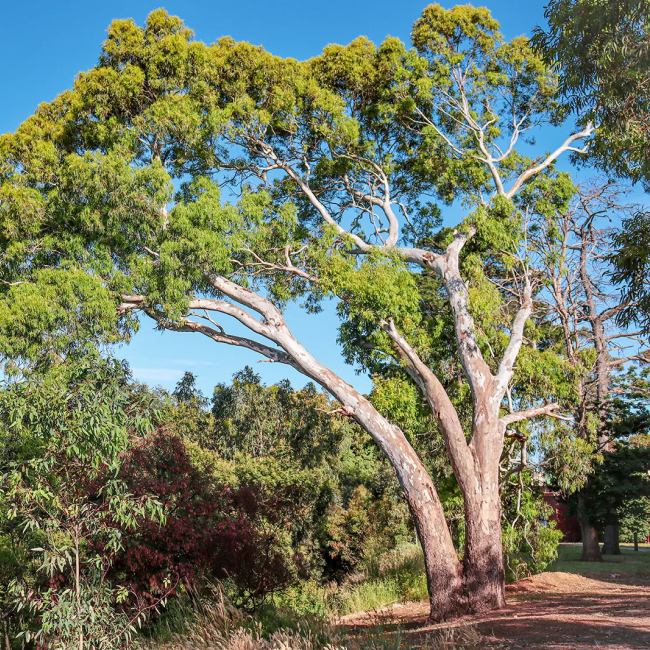
Deciduous
Liquidambar, ginko, camphor, sycamore, Chinese elm, eucalyptus pepper, California live oak, mesa oak
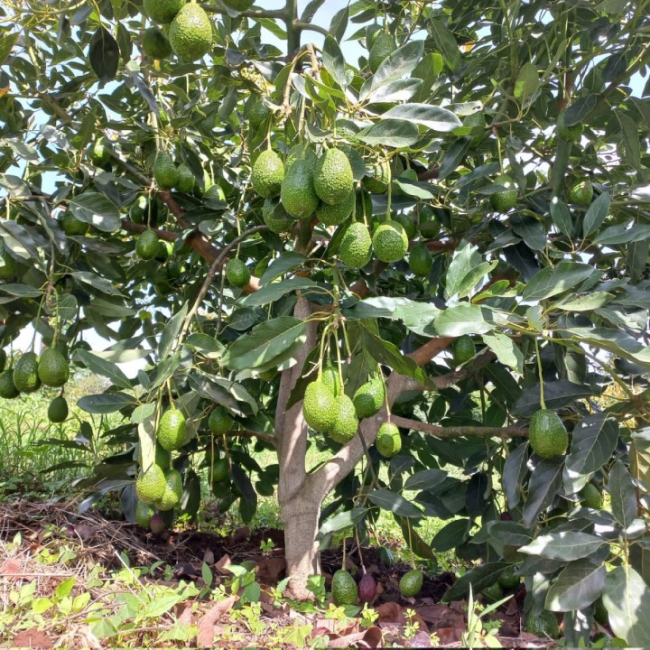
Fruit trees
Plum, apricot, apple loquat, avocado, pear, fig
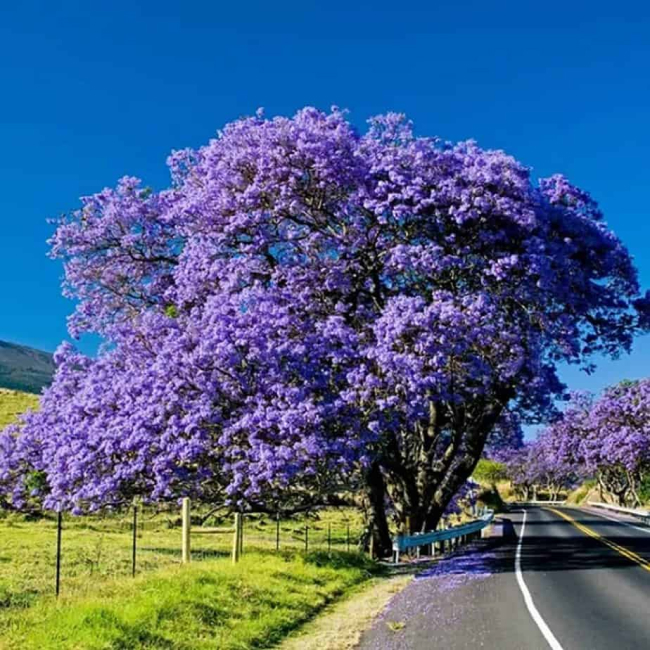
Flowering
Crape myrtle, capok, magnolia, jacaranda
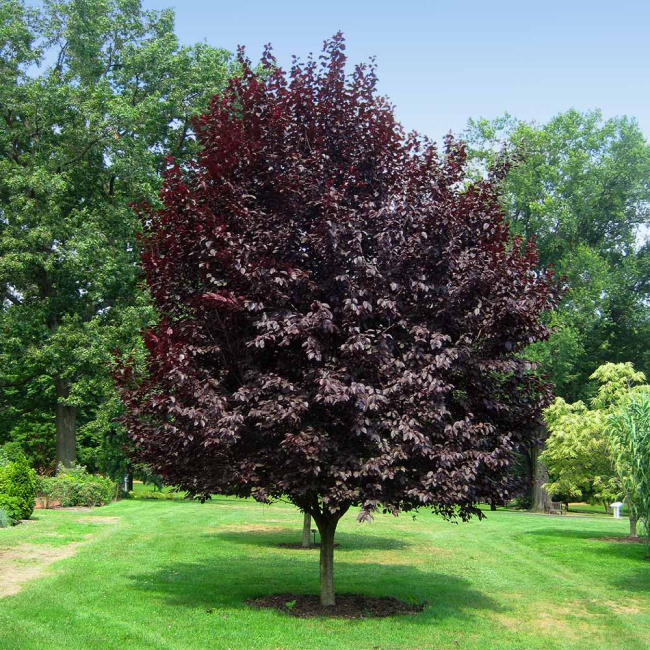
Ornamental
Plums, cherries
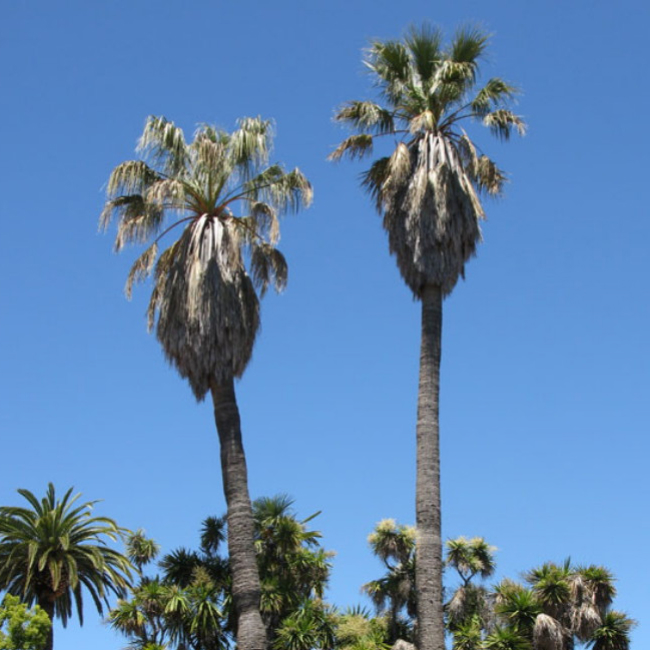
Palms
Various types
